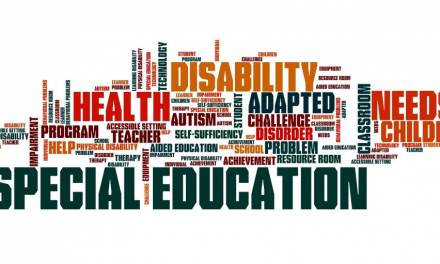Modern students spend a lot of time online. In particular, they spend a lot of time on social media. For some teachers, this can be frustrating, hindering their attempts to persuade pupils to engage with homework and content beyond the classroom.
However, you might be missing a trick. If you can use the power of social media in an educational context, you could end up enhancing the learning of your pupils and helping them to learn with a medium that they understand and enjoy using.
Here are a few ideas you could use to get social media working for you and your class.
Set up a Facebook group for your class
Most teachers are already familiar with Facebook groups but, if you’re not, Facebook generally doesn’t require much of a learning curve. Put simply, a Facebook group allows you to gather people in one place and then share content and discussions with them.
Of course, you can’t force students to use the group, but by posting the right sort of content, you can encourage them to engage with the group. If you have an in-class reward system, you can even reward participation.
Frame the group as somewhere that pupils can receive guidance and talk over things in a relaxed manner. Highlight important dates, set discussion topics around the latest lessons, and share learning resources.
The possibilities for a Facebook group are endless, just as long as you stick to the teacher/pupil boundary as you would in the classroom.
Use YouTube as a learning resource
While there is a lot of content on YouTube that can lead to many wasted hours, there are also plenty of informative education resources amongst the cat videos and pratfalls. There are, for instance, over 10 million subscribers to #Education, and TedEd and Google for Education have a wide selection of resources that you can use in your lessons.
Whatever your area, you can find videos that are relevant to your subject. Inviting pupils to watch a few TED Talks in lieu of homework one week might inspire them to engage more around the subject area instead of just adhering to the curriculum.
In addition, why not try creating video resources that allow your students to access content from a direct link? This takes time, but it can pay dividends in the long run as you can reuse the content for a few years if you wish. You can even challenge your pupils to make videos themselves to respond to concepts learned in class.
Set blogging homework
Setting up personal blogs is easier than ever, and students will likely already understand the concept of blogging. Blogger and WordPress both offer free hosting and tools to easily create blogs.
Why not encourage them to set up a personal blog related to school and use it as a location for discussion about your class? Again, you can provide in-class incentives for this type of participation. The blogs could even be used as submission portals for certain pieces of homework.
It stands to reason, however, that you should practice what you preach on this one. If you don’t have a blog which you update regularly and use to encourage discussion with pupils, it becomes more difficult to convince them of the value of creating and maintaining their own blogs.
Your own blog can be used to report on classroom and school successes, provide resources for homework, discuss teaching and learning methods, etc. Make sure that you sanitise your content though – a warning that should apply to all of your publicly available social media accounts!
Start Pinterest boards
Pinterest is a social media platform that is beloved by those who use it and often ignored by those who don’t. Even so, it can be an excellent visual aid to learning.
It works by creating different boards and pinning relevant content from across the internet to those boards. So, why not create a board related to a specific subject area and pin resources to it that may help your pupils?
All of your visual content is then in the same place and it encourages your pupils to use social media as more of an educational tool than simply somewhere to share content between friends and peer groups.
BBC Active has an excellent explanation of how you can best use Pinterest to support learning. There are already many teaching ideas posted on Pinterest that you can use as a guide to creating your own pins and boards.
Don’t disregard Twitter
For some teachers and schools, Twitter can seem too frivolous. After all, how much education can you fit into 280 characters? While it’s true that Twitter is more exclusively geared towards fun rather than education, that doesn’t mean that there aren’t strategies which can involve fun and still be relevant to learning.
Think of Twitter as a break from the monotony. Set a hashtag related to your subject and encourage students to post around that hashtag, searching for online resources relevant to the area and sharing them for everyone to see.
You can also set up a Twitter account for your class and ask your students to research and recommend education accounts to follow – Teacher Toolkit’s 101 Great teachers to follow on Twitter is a good starting point.
This might yield some fascinating resources or, alternatively, it might just prove to pupils that Twitter can be used to share content about things other than culture and personal updates.
These are just a few ways to use social media to your advantage in and out of the classroom. If you have any others than you can recommend, we’d love to hear your thoughts in the comments below.








